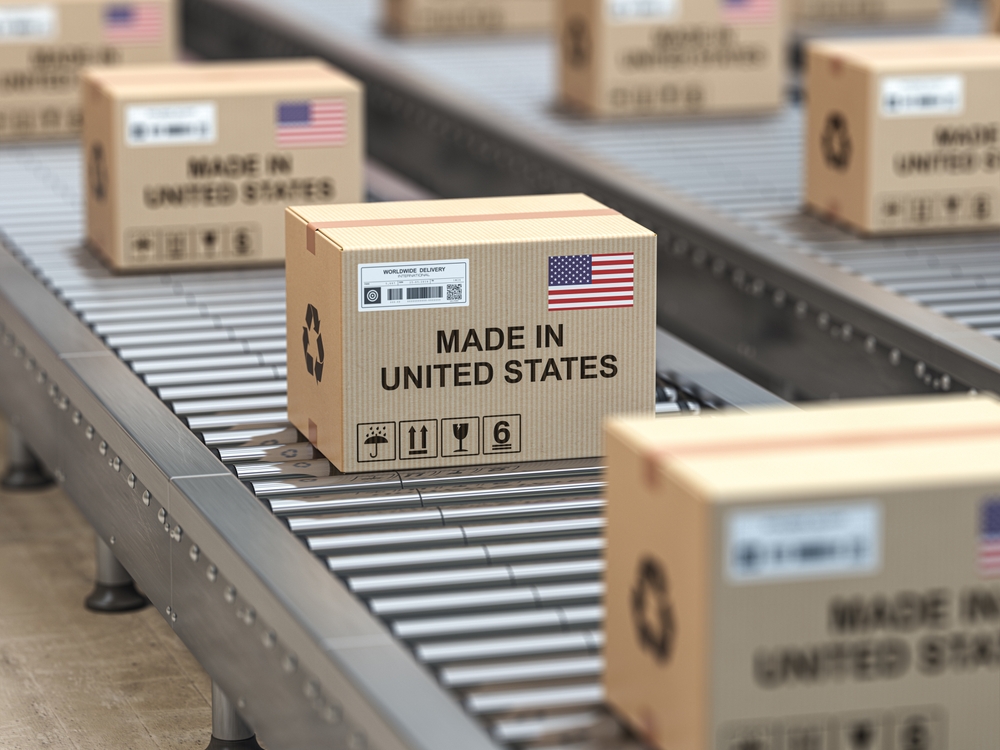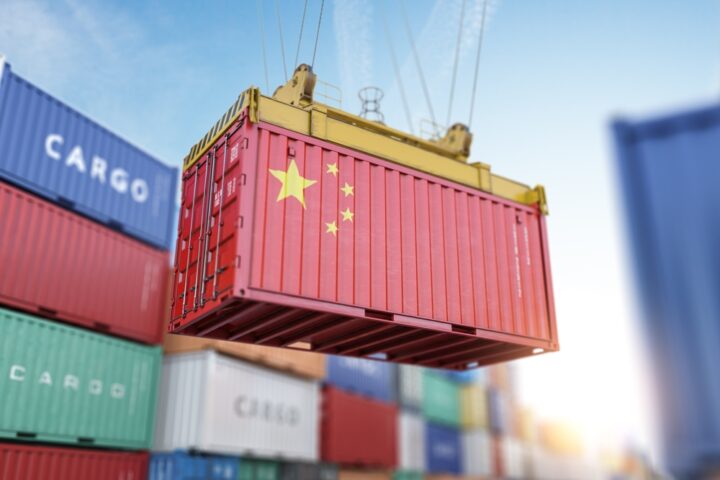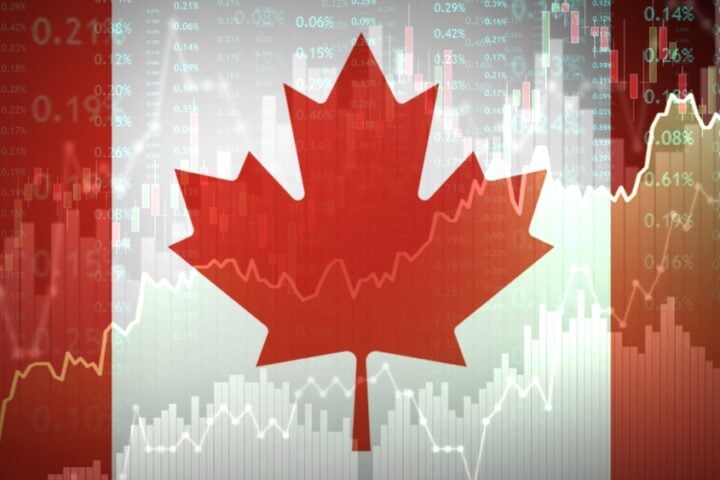U.S. manufacturing moved closer to recovery in December, with production rebounding and new orders rising for the first time since March. However, uncertainty looms as manufacturers brace for potential higher tariffs under President-elect Donald Trump’s administration, which could increase raw material costs and complicate the outlook for 2025.
Manufacturing PMI Hits Nine-Month High
The Institute for Supply Management’s (ISM) Purchasing Managers’ Index (PMI) rose to 49.3 in December, the highest reading since March, up from 48.4 in November. While still below the 50 threshold that indicates growth, December marked a notable improvement for a sector that has contracted for nine consecutive months.
- New Orders: The forward-looking new orders sub-index climbed to 52.5 from 50.4 in November, reflecting expansion in demand.
- Production: Factory output rebounded after months of contraction, driven by businesses pulling forward demand amid tariff uncertainties.
“Businesses likely pulled forward demand given uncertainty around the future trade environment,” said Jeffrey Roach, chief economist at LPL Financial.
Industry Highlights: Growth and Contraction
Growth was uneven across industries. Seven sectors, including electrical equipment, appliances, and primary metals, reported increased orders and production. However, eight industries, including textile mills, machinery, and transportation equipment, reported declines.
- Optimism: Electrical equipment manufacturers noted being at full capacity due to rising orders. Miscellaneous goods producers cited seasonal factors and positive demand outlooks for 2025.
- Struggles: Transportation equipment makers reported decreases in automotive and powersport volumes, while machinery manufacturers observed a significant slowdown in production.
Inflation and Tariff Concerns
Manufacturers faced rising costs, with the survey’s measure of prices paid increasing to 52.5 from 50.3 in November. This rise reflects persistent inflation pressures, compounded by fears of tariffs.
President-elect Trump has proposed a 25% tariff on goods from Mexico and Canada and an additional 10% tariff on Chinese imports. These potential policies have prompted manufacturers to build up inventories and accelerate material deliveries to mitigate future impacts.
“Advance material deliveries to avoid potential tariffs” drove the rise in imports and inventory indexes, according to Timothy Fiore, chair of the ISM’s Manufacturing Business Survey Committee.
Employment and Broader Economic Context
Factory employment continued to contract, with the manufacturing jobs index falling to 45.3 from 48.1 in November. However, this measure has not been a reliable indicator of broader manufacturing payroll trends.
Despite manufacturing challenges, the U.S. economy grew at a robust 3.1% annualized rate in the third quarter, supported by manufacturing’s 3.2% contribution during that period.
Looking Ahead: A Mixed Outlook
While December’s improvements suggest a manufacturing rebound, significant hurdles remain. Tariff uncertainties, inflation pressures, and uneven industry performance could weigh on the sector’s recovery in 2025. On the positive side, Trump’s pledge to cut taxes may provide a boost, though the overall impact of his policies remains uncertain.
“Manufacturers ended the year with a hint of optimism, but they could face some pretty stiff challenges in the new year,” said Sal Guatieri, senior economist at BMO Capital Markets.
U.S. manufacturing is edging closer to recovery, with rebounding production and new orders signaling progress. However, persistent challenges such as tariff fears, cost pressures, and uneven growth across industries highlight the fragility of this recovery. The sector’s trajectory in 2025 will depend heavily on both domestic policy decisions and global economic conditions.







